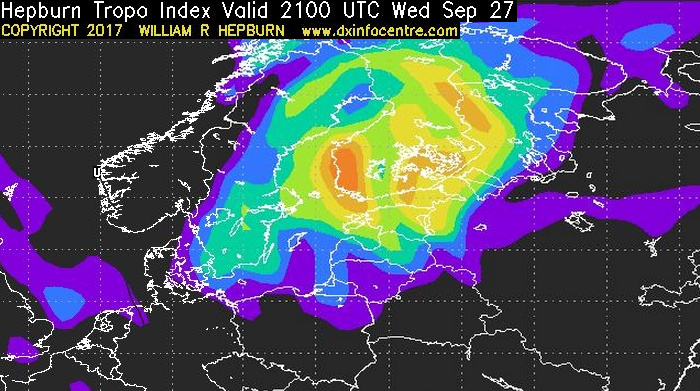October 2018: Wi-Fi DX record at 460+ km (UKR/LTU)
Out of the four seasons, autumn is well known among radio enthusiasts as the best period for spectacular propagation of radio waves. The tropospheric ducting is a propagation mode based on temperature inversion in the vicinity of the Earth’s surface. Such an enhancement extends the regular line-of-sight distribution of electromagnetic waves to the areas out of their general, daily service. During special conditions, air layers may form some kind of a guide for the radio signals. This phenomenon usually happens during periods of stable anticyclonic weather and affects radio frequencies in VHF, UHF and microwave bands. While it is possible to watch distant TV channel or listen to a foreign FM station, one can also check other, less explored radio frequencies… like the 5 GHz band widely used for the wireless LAN communication.
This year was really extraordinary in Poland. The spring was very amazing, as both April and May smashed through all previous temperature records. We have also experienced the warmest summer, at least since the beginning of measurements in 1781. Such weather allowed often occurrence of radiation inversions that produced good tropospheric propagation throughout nights and mornings. I set my previous personal Wi-Fi DX reception record in May twice in a row from Wolin, Poland during unattended scanning on 2018-05-28 and 2018-05-29 mornings, at a distance of 370 km.
In the first half of October 2018, a high pressure system settled down over Eastern Europe and brought excellent propagation conditions in Poland. Again, the summer-like weather brought sunny days and 20-25 °C temperatures. This time I logged some networks from Ukraine, Lithuania and almost… 3600 other from Poland.

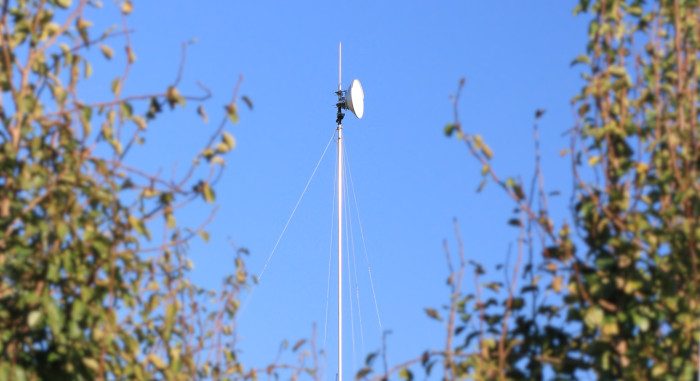

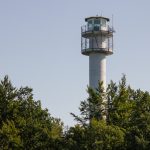

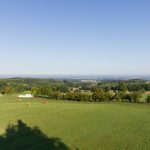
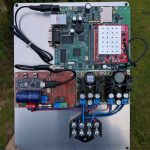

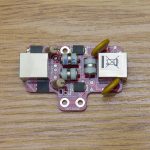

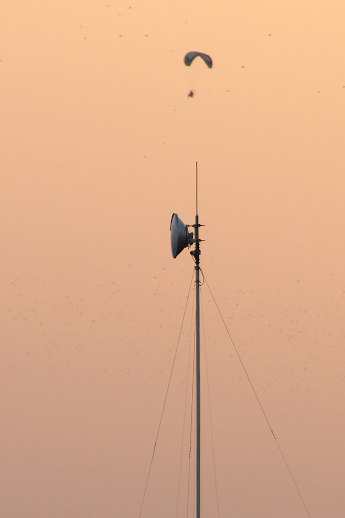 A widespread high pressure system settled down over Europe in the middle of October 2017. It brought a summer-like weather to Poland with temperatures as high as 26°C measured in Wr
A widespread high pressure system settled down over Europe in the middle of October 2017. It brought a summer-like weather to Poland with temperatures as high as 26°C measured in Wr